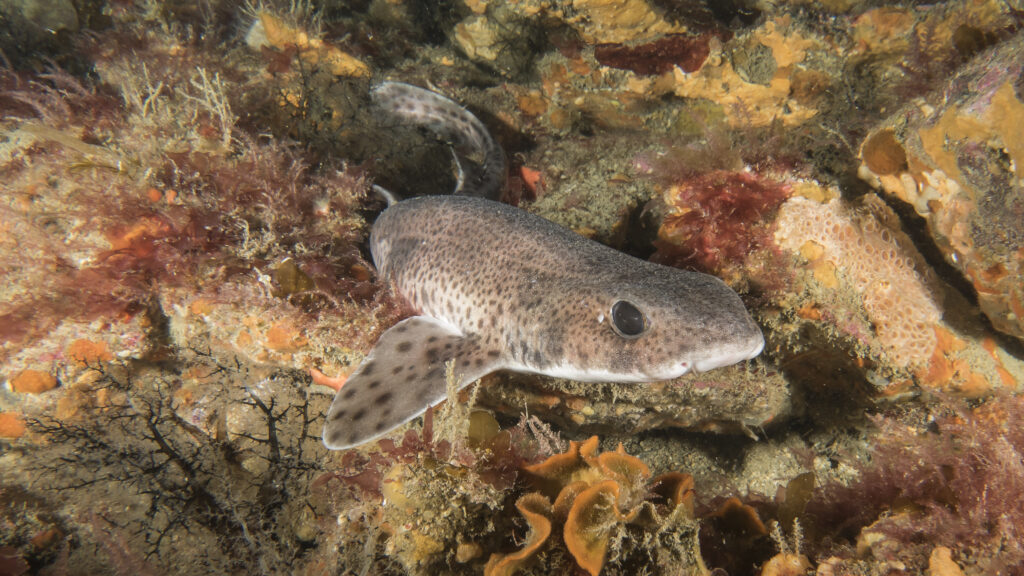With so many different sea creatures out there, it’s no surprise that some are very similar. In particular, there are over 500 species of shark around the world, so it’s safe to say that some might be difficult to tell apart! However, learning the difference between these species can be very important for conservation, as well as education.
Two such species that can get a little confused are the bull huss shark and dogfish sharks – both have unusual names and might not look like your average shark! So, let’s learn a little more about these animals and some of their distinctive characteristics.
What is a Bull Huss Shark?
Firstly, the bull huss shark has a number of different names. It is often known as the bull huss shark, but can also be identified as a nursehound, large-spotted dogfish or greater spotted catshark. These names all refer to the same species, which is the Scyliorhinus stellaris. It is a species of catshark, belonging to the family Scyliorhinidae which is actually one of the largest families of sharks. The bull huss shark is one of the largest catshark species, and can be found off the coast of the UK – specifically around the English Channel and western coast of Britain.
What is a Lesser Spotted Dogfish?
The lesser spotted dogfish is also an animal that might be called a few different names! It’s also known as the small-spotted catshark or lesser spotted catshark. With that in mind, this species is also a type of catshark – like the bull huss. They belong to the same family, but are two different animals. The lesser spotted dogfish (Scyliorhinus canicula) is one of the smaller species of shark, and is highly common around the UK.
Bull Huss Shark vs Lesser Spotted Catshark: Appearance
The bull huss shark has a long, slender body with two dorsal fins that are set very far back, along with prominent pectoral fins. They also have multiple gill slits on both sides of the body. A bull huss shark is brown-yellow in colour, with a pale or white underside, and large spots across its whole body.
In comparison, the lesser spotted catshark is smaller than the bull huss shark, and has many more spots. This species has a paler, cream body too. However, they both have dark, cat-like eyes, which is typical of the species in their wider family.
The bull huss shark has been known to reach up to 160cm in length, while the lesser spotted catshark typically grows to around 1 metre.

Reproduction and Lifespan
Both the bull huss shark and lesser spotted catshark both reproduce by giving birth to their young in egg cases. This is known as oviparous. These egg cases are sometimes known as mermaid’s purses.
The female bull huss sharks lay single eggs and attach them firmly to seaweed, thanks to long tendrils on the egg cases. The eggs will hatch after around 6-11 months, and the young are able to begin feeding almost immediately. Similarly, the lesser spotted catshark also lays eggs which are enclosed in a protective case. However, this species will lay eggs in pairs, which will hatch after around 5-11 months.
In both species, the young will emerge looking like fully formed, but much smaller, versions of the parents.
The bull huss shark can live for up to 19 years, while the lesser spotted dogfish has a slightly shorter lifespan at around 12 years.
Why do they get confused as the same animal?
It’s really quite easy to see how these two species regularly get confused as being the same animal! With their spotted pattern and similar body shapes, not to mention both being found in similar waters, you’d be forgiven for mistaking one for the other. However, the key differences here are their appearance, with the bull huss shark being much larger and having wider-spaced spots.
On your next visit to Blue Reef Aquarium Newquay, look out for both of these species and see if you can tell them apart – we’ve even got a spot the difference activity to help you!
